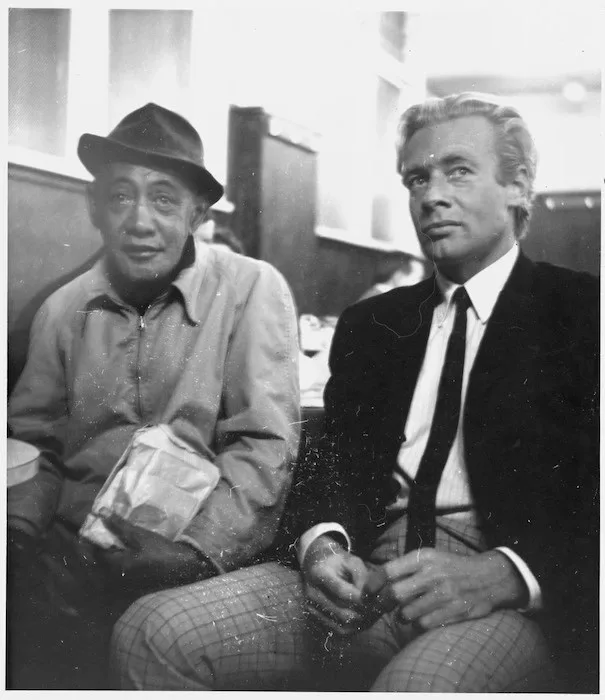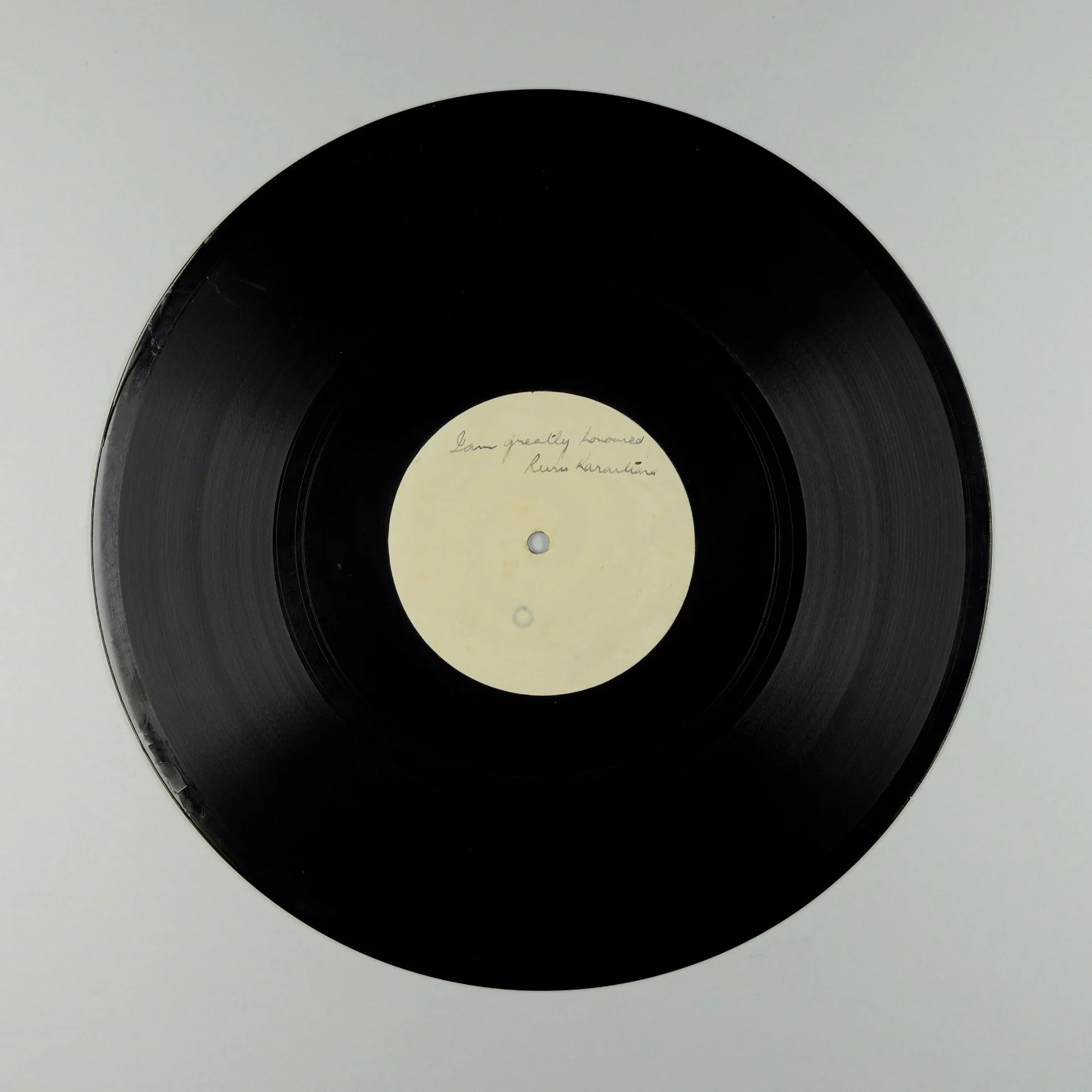Utaina uncovers a special piece of Aotearoa New Zealand’s music history
Read the story behind the groundbreaking song Blue Smoke and find out how the Utaina team rediscovered a one-of-a-kind version of it in our holdings.
An alternative recording of Blue Smoke has been rediscovered in our holdings — a unique version of the first song written by a New Zealander to be recorded, manufactured and released on a local record label. Recorded onto a 12” lacquer aluminium disc, it has now been digitised as part of Utaina, a collaborative project of Archives New Zealand, the National Library of New Zealand and Ngā Taonga Sound & Vision to digitise more than 400,000 items from the Crown's audiovisual archives.
To date, more than 100,000 items have been digitised, with most coming from the TVNZ collection held by Ngā Taonga. Archives New Zealand and the National Library are nearing the halfway mark of digitising a combined 70,000 items.
Learn more about the Utaina project
Blue Smoke
Blue Smoke holds a significant place in New Zealand's music history. It was written by Ruru Karaitiana (Ngāti Mutuahi hapū of Rangitāne), a Dannevirke-born dance band leader and multi-instrumentalist, while on board the Aquitania, the troopship taking the Māori Battalion to World War II. The song was initially composed in te reo Māori and Karaitiana later rewrote the lyrics in English during his leave in London. Karaitiana returned from service in 1943 and, presumably, he and other soldiers brought the song back to Aotearoa with them. Evidence points to Blue Smoke gaining popularity in the country even before its first official recording under a label. Ngā Taonga Sound & Vision holds the earliest known recording which dates back to 1945, where the song was covered by the Otago University Capping Sextet for local radio in Dunedin.
An international hit
It wouldn’t be until the tail end of the decade when Pixie Williams and lap steel guitarist Jim Carter were approached and the original, official recording made. Blue Smoke was the debut release for TANZA Records in June 1949. This first locally pressed and sold record was a major turning point in New Zealand’s music scene, and it was a massive hit. Local sales topped 50,000 copies, and international artists such as Dean Martin, Al Morgan, Teddy Phillips and Leslie Howard recorded cover versions. In 1951, New York music trade magazines described Blue Smoke as one of the major hits of the year.
Listen to the recording
Our copy of Blue Smoke is the only one of its kind. This recording — featuring the Ruru Karaitiana Quintette without Pixie Williams — was made by the National Film Unit at its Miramar Studio in Wellington specifically for the newsreel programme Weekly Review 407.
Watch Weekly Review 407 on our YouTube channel
The Utaina team discovered that the film crew can be heard at the start of the recording and this disc was signed by Karaitiana himself. You can now hear this recording via Collections Search.
Other recorded taonga preserved through Utaina
The Alexander Turnbull Library’s copy of the original commercial lacquer disc is scheduled to be digitised later this year. Once complete, this unique slice of Aotearoa musical history will be preserved and available for listeners to hear and compare versions.
Among the thousands of recordings being digitised, are many others rooted in Māori culture and musical creativity. For example, through the Alexander Turnbull Library, Utaina has preserved recordings of the Ohau Māori Youth Club which was formed near Rotorua to foster and retain Māori culture. The original master tapes of these recordings are also preserved as part of the Library’s Viking Sevenseas Collection. The work of Nick Nicholson and the Neketini Brass has also been digitised and is among one of the more unusual adaptations of Māori music. Formed in 1967 by Nick Nicholson, an ex-Māori Battalion member, the group performed traditional waiata rearranged to the then-fashionable style of Herb Alpert's Tijuana Brass swing-jazz-mariachi sound. The group's dance music became highly popular and proved influential on the wider New Zealand cabaret scene. Recorded on various audiovisual media formats between the 1940s and early 2000s, these are just a few examples of the recorded taonga being preserved through Utaina.

